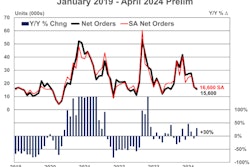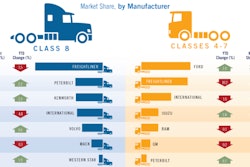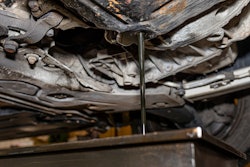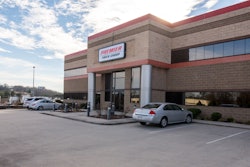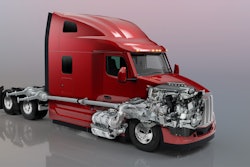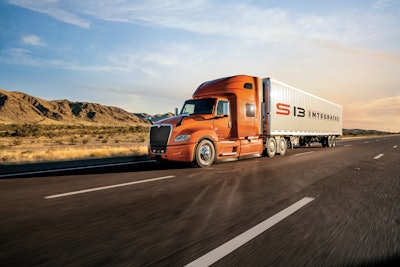
A few years ago, Navistar changed the way its air conditioners blew air into the cab.
“We thought it was a good idea,” says Madhu Madheswaran, director of product management for on-highway tractors.
Drivers disagreed after the truck hit the market. Navistar reacted, changing the system to make the drivers more comfortable.
“Drivers are very important to us,” Madheswaran says. “Driver satisfaction is very important to us.”
With the rapid innovation in the commercial trucking space, OEMs are clearing feedback channels to make sure driver, carrier, technician and dealer feedback is all heard clearly and, most importantly, in an actionable way.
Product Development
Madheswaran says bringing a product to market requires extensive planning, considering customer voices such as industry needs and fleet needs. He says when Navistar launches a new product, it monitors it closely for 90 days, making sure it is functioning as intended for dealers, field service engineers, technicians and more.
“Any feedback is good feedback,” Madheswaran says.
Daimler Trucks North America (DTNA) also has a formal feedback process to communicate with its customers.
“Through good relationships with our customers, they want to tell us and we want to receive their feedback,” says Bradley Martin, field services director.
DTNA has systems to sort relevant information from customer feedback and forward it to the correct department or supplier. If it spots a trend, there’s a team to understand the issue, prioritize and resolve it.
“They’re very complex products,” Martin says. “Issues are inevitable. It’s how we respond.”
Getting Hands On
OEMs aren’t above taking their new products on the road, either.
Madheswaran says Navistar gets feedback from advisory committees and dealer councils, but they’ll also bring drivers into a facility for a clinic or even bring the clinic to them.
“We’ll actually take the model to the drivers so they’re not interrupted,” Madhswaran says.
Navistar will gather 20-40 drivers, show them models and mock-ups, run scenarios and collect direct feedback from people they hope will eventually use the truck. They may run multiple clinics on the same products.
The company uses the feedback in several ways, says Nick Smith, media relations manager at Navistar. Immediate action; near-term action, such as a face lift or minor update; and long-term action, like the development of brand-new products or technologies.
At DTNA, the company holds daily calls for its field service representatives. If a team member sees a new problem, they can submit it into the system and be on a call the next day, Martin says.
“Feedback is a gift,” Martin says. “We receive feedback all the time.”
Training
Sometimes, the feedback stems from a lack of knowledge.
Navistar recently launched a new powertrain, the S13, and training was a big part of the launch, Madhswaran says. The company communicated with dealers and large fleets that do their own maintenance and put together a training plan. Each dealer had a minimum number of techs trained on the new powertrain before it was launched.
The company made videos and webinars, brought mechanics in and also conducted hands-on training, both in the facility and with a trailer they took to different locations so technicians could get their hands on the new parts.
Volvo holds more than 100,000 e-trainings and 500 in-person trainings a year through Volvo Academy for field technicians, parts and more, says Scott Behe, senior manager of operations, people, learning and development. There are also six fully active training centers around the country and four part-time training centers.
Not only does Volvo Academy listen to feedback about its products, the OEM also makes changes to its trainings based on what trainees have to say.
With the recent launch of its all-new VNL, Volvo held a sales training in January. Behe says some dealers took issue with the content and the way it was delivered.
“We got some pretty tough feedback, in that case,” he says. “We took it to heart.”
The company changed everything about it and reformatted the entire course.
Part of the training is making sure trucks are spec’d properly for their use, cutting down on what may initially look like a bad part or design, but is really a misapplication.
Madhswaran says Navistar has a technical sales team talking to its customers and dealers every day, helping customers put together the right specifications for their mission.
“Every truck has a specific need for what the customer is trying to use it for,” Madhswaran says. “If it’s not specified properly, it will not make the customer money. It’s a tool.”
At DTNA, the company makes sure their people are also appropriately trained on ordering and specification, Martin says, and it changes its sales ordering system to make sure trucks are ordered correctly.
“We as a company have a culture that we want to hear from our customers and we want to respond to it,” Martin says. “We could always be better. We can always try to improve.”


